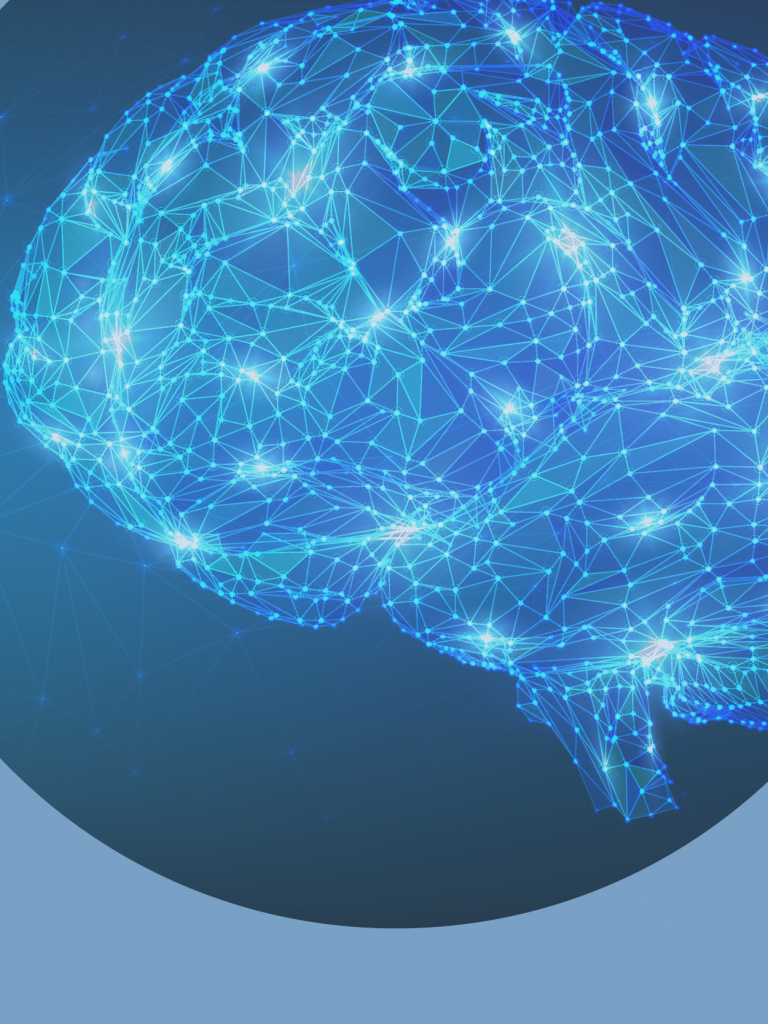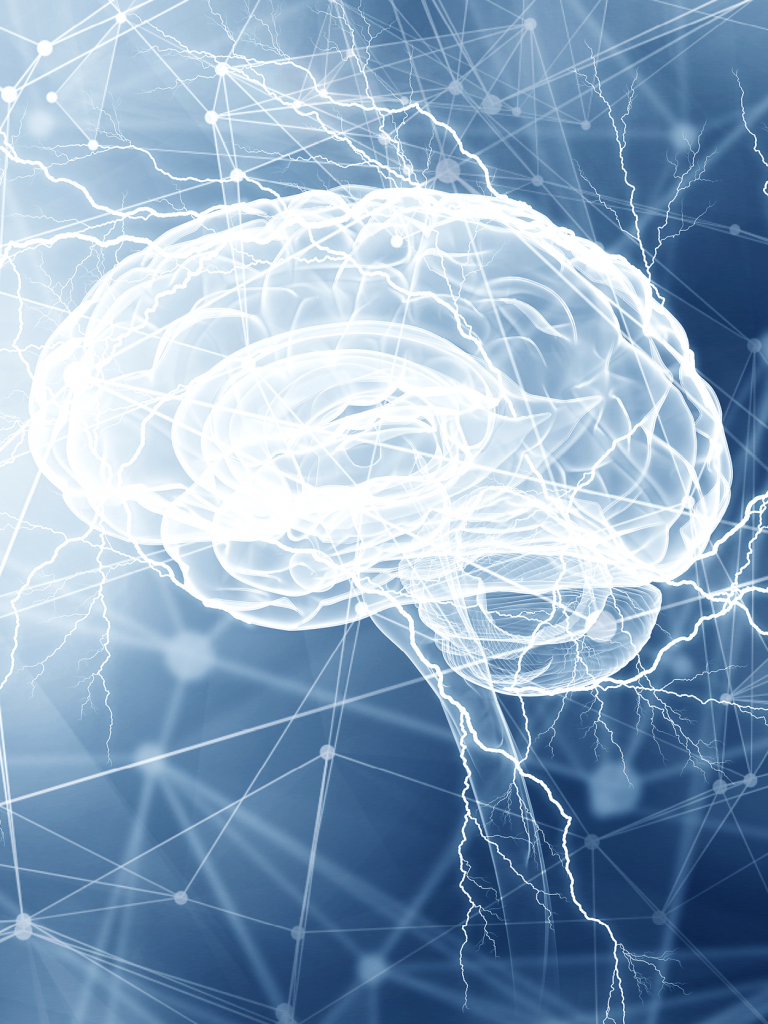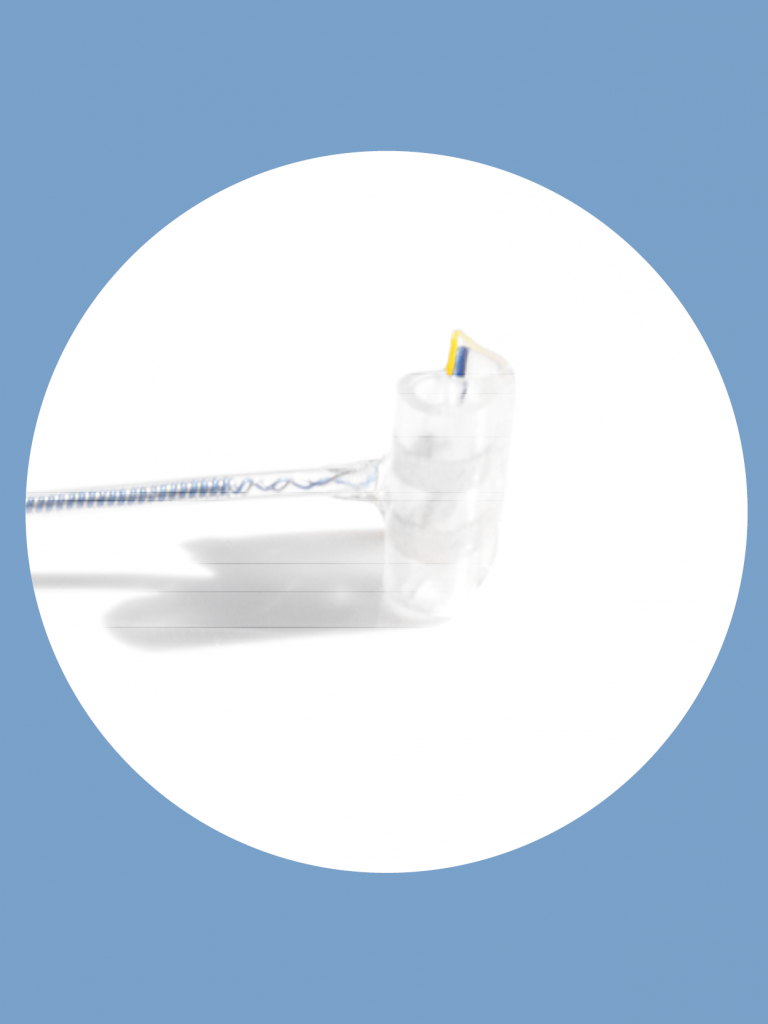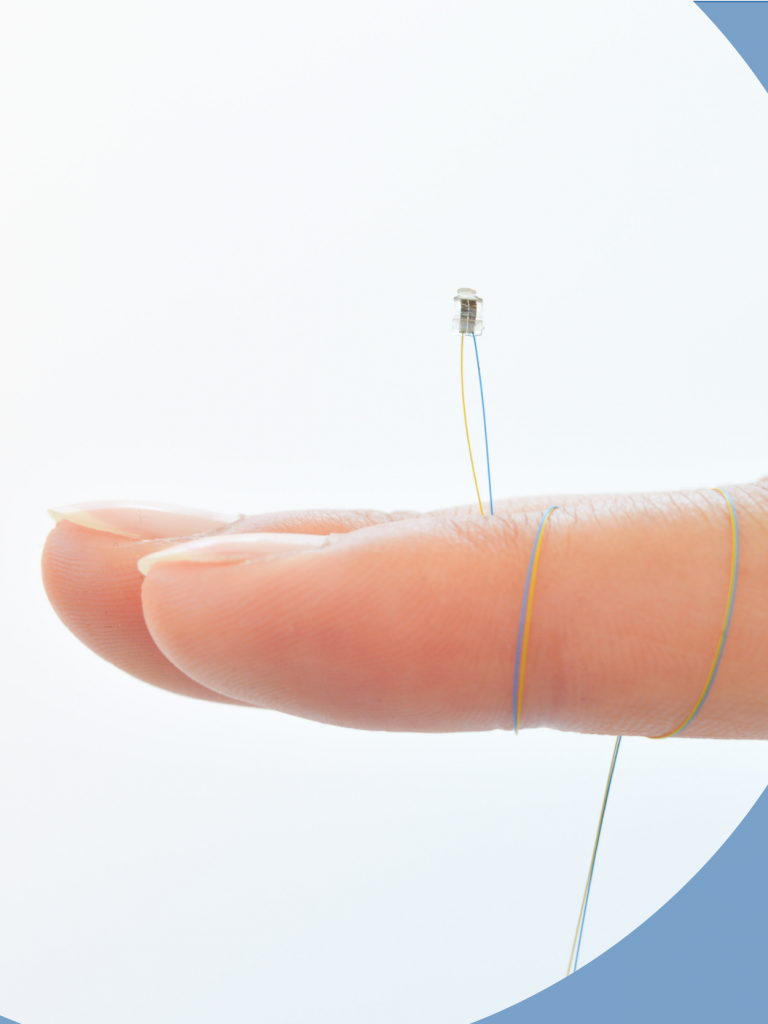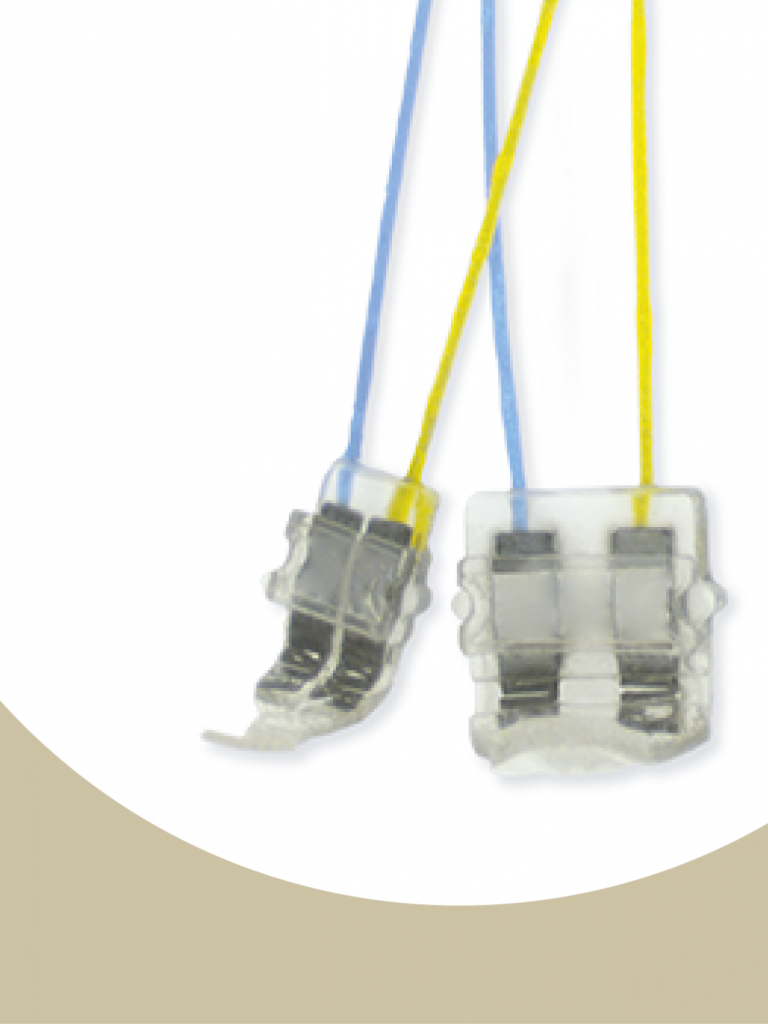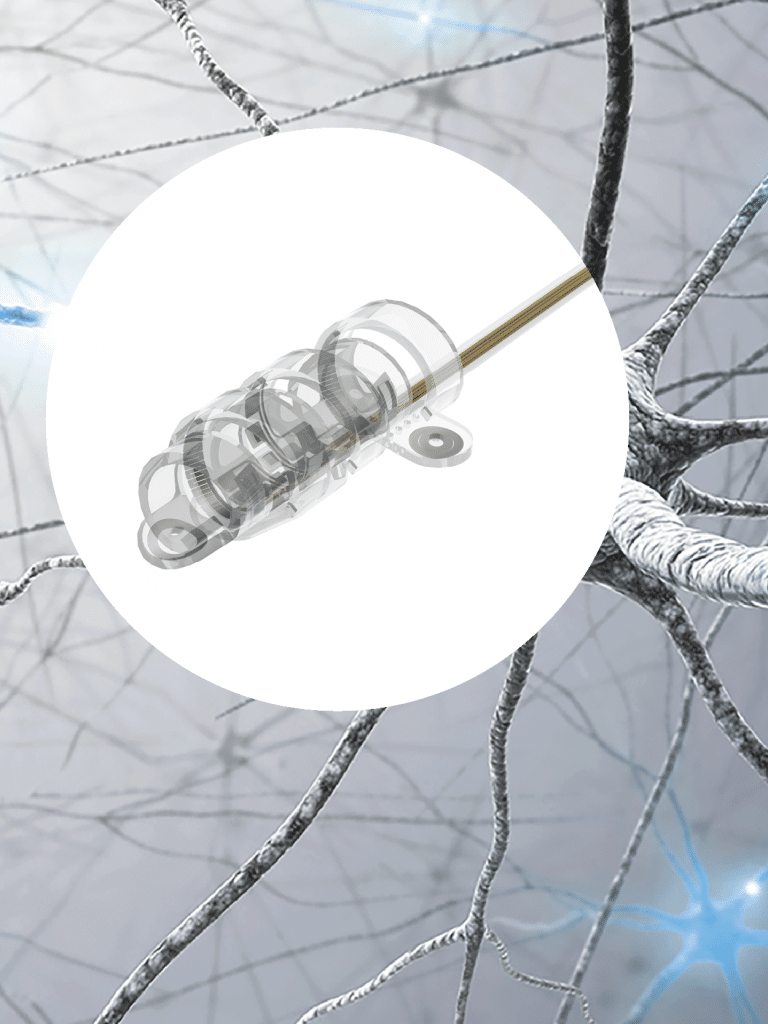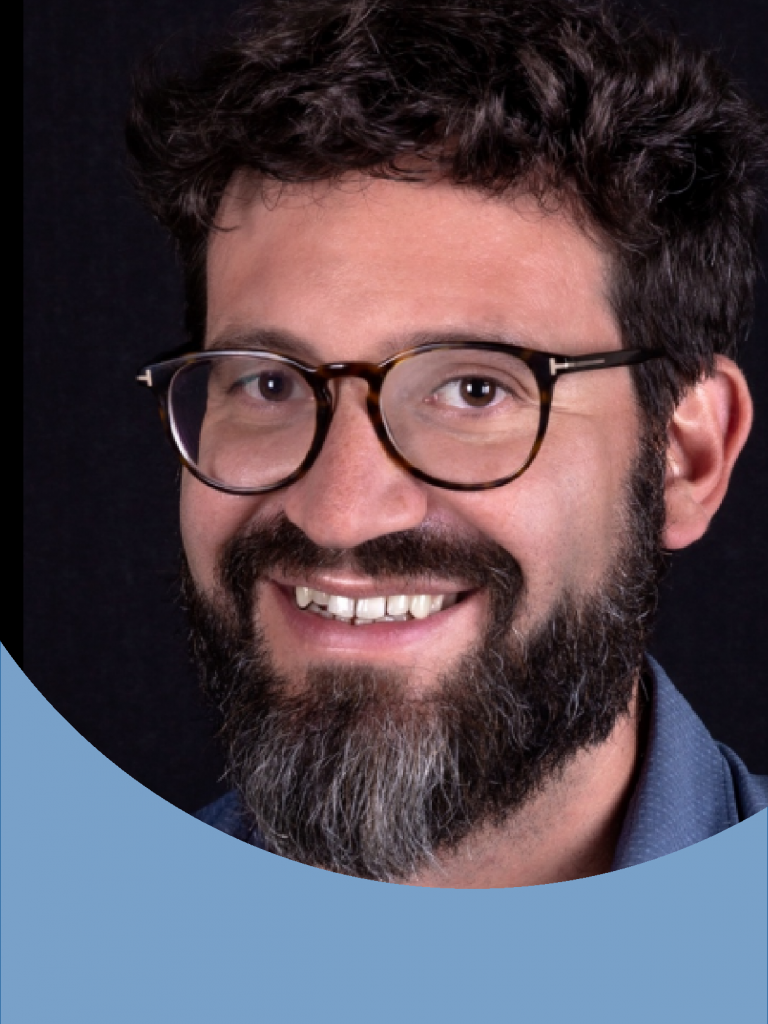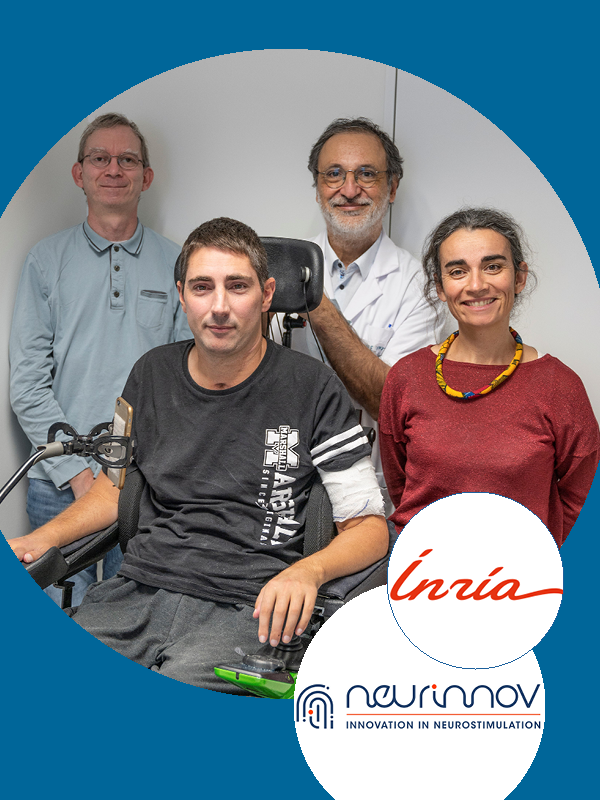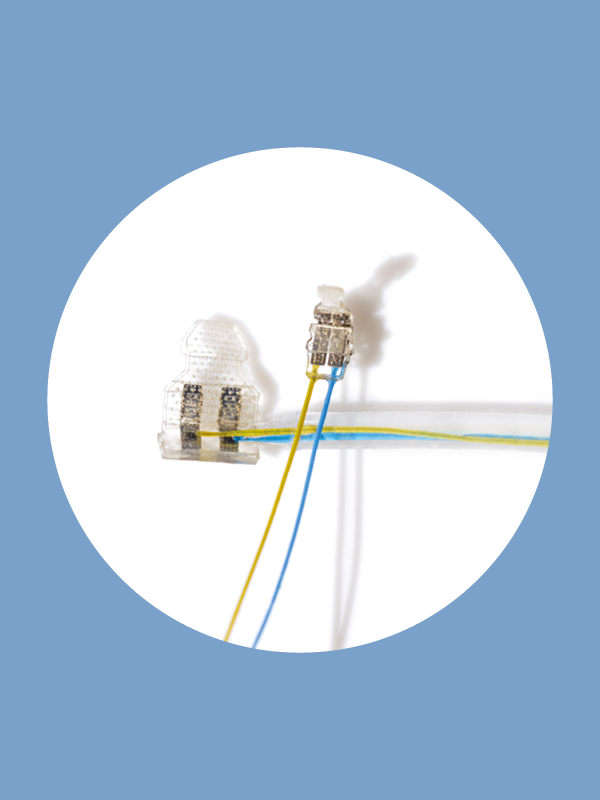A Software Interface for Developing Next Generation Neurotherapies
Closed-Loop Platform for Neurotherapy – NIH-funded Project for Stroke Rehabilitation The first “brain pacemakers”, developed several decades ago, stimulated a specific area of the brain constantly, regardless of the patient’s condition. The stimulation parameters could only be changed by the attending physician. Because this approach cannot respond quickly to changes in the patient’s condition …
A Software Interface for Developing Next Generation Neurotherapies Read More »
